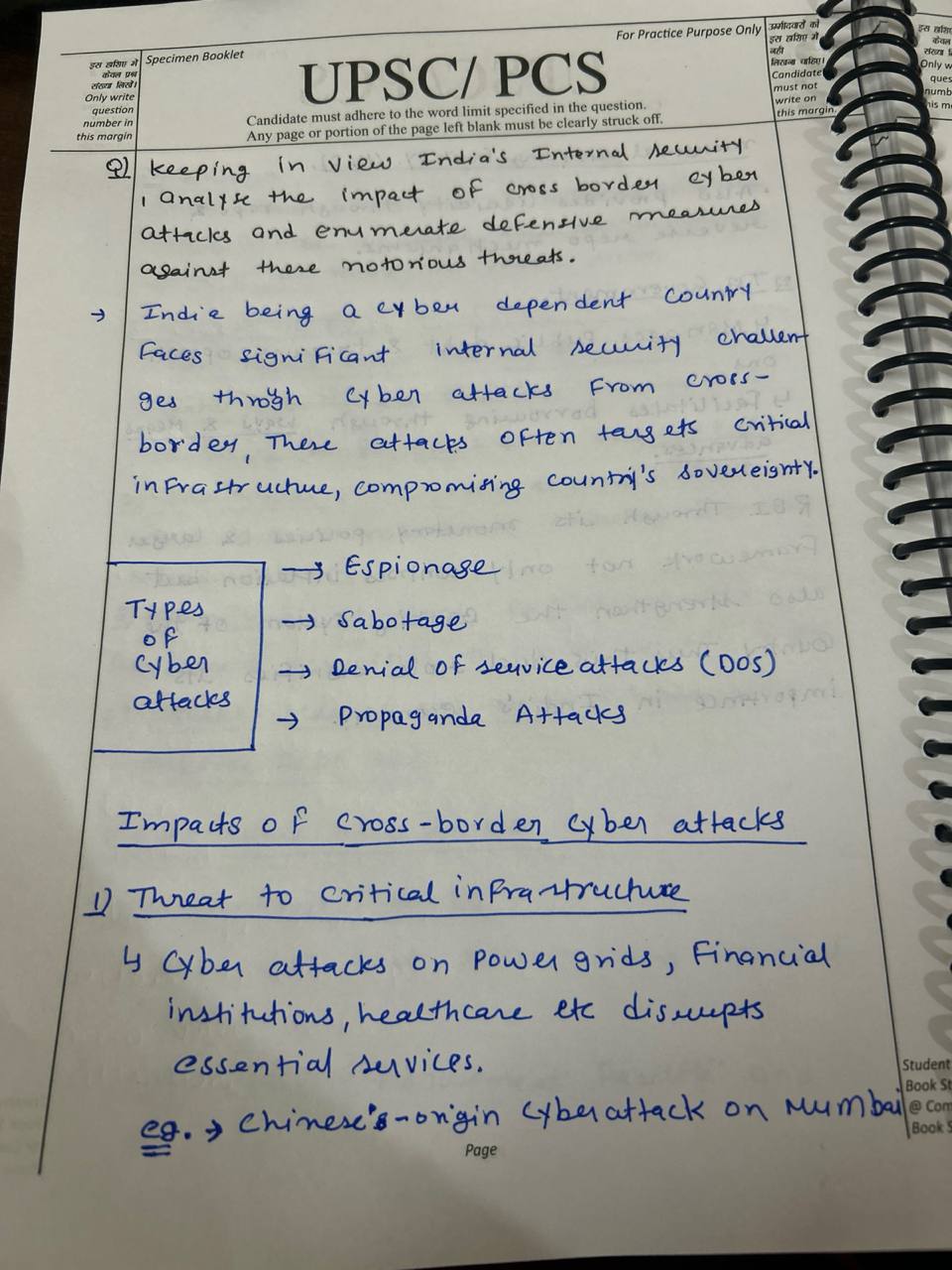The Microsoft Windows blackout toward the beginning of January 2022 had huge ramifications for the corporate world, essentially on the grounds that it impacted an extensive variety of Microsoft administrations, including Purplish blue, Groups, Office 365, and that's just the beginning. Here are a feRead more
The Microsoft Windows blackout toward the beginning of January 2022 had huge ramifications for the corporate world, essentially on the grounds that it impacted an extensive variety of Microsoft administrations, including Purplish blue, Groups, Office 365, and that’s just the beginning. Here are a few different ways it influenced organizations:
1. Productivity Disruption: Numerous associations vigorously depend on Microsoft administrations for their everyday tasks, including correspondence (Groups), archive the executives (Office 365), and distributed computing (Sky blue). The blackout disturbed work processes and correspondence channels, prompting a transitory stop or log jam in efficiency.
2. Communication Breakdown: Groups, being a basic stage for remote work correspondence, became distant for some clients. This disturbed gatherings, coordinated efforts, and ongoing correspondence inside groups, influencing dynamic cycles and venture timetables.
3. Data Access Issues: Purplish blue’s blackout implied that organizations depending on Sky blue cloud administrations might have encountered disturbances in getting to their information, applications, or administrations facilitated on Purplish blue. This could influence client confronting applications, inside devices, or basic business processes.
4. Customer Administration Impact: Organizations offering types of assistance to clients utilizing Sky blue facilitated applications or depending on Office 365 for client care devices might have confronted provokes in conveying continuous support of their clients.
5. Financial Impact: Contingent upon the size of dependence on Microsoft administrations, an organizations might have caused monetary misfortunes because of personal time, missed cutoff times, or punishments for administration level arrangements (SLAs) not being met.
6. Reputation and Trust: Broadened blackouts can dissolve client and partner trust in the dependability of Microsoft’s administrations, possibly driving organizations to reexamine their dependence on a solitary supplier or investigate enhancing their cloud and specialized devices.
Generally speaking, the blackout featured the weaknesses of concentrated cloud benefits and highlighted the significance of alternate courses of action and broadening of IT framework for organizations universally.
See less






**Key Cybersecurity Challenges Facing Organizations:** 1. **Phishing Attacks:** - Malicious attempts to deceive individuals into revealing sensitive information. - Mitigation: Employee training on recognizing phishing emails, implementing email filters, and using multi-factor authentication (MFA). 2Read more
**Key Cybersecurity Challenges Facing Organizations:**
1. **Phishing Attacks:**
– Malicious attempts to deceive individuals into revealing sensitive information.
– Mitigation: Employee training on recognizing phishing emails, implementing email filters, and using multi-factor authentication (MFA).
2. **Ransomware:**
– Malware that encrypts data and demands a ransom for decryption.
– Mitigation: Regular data backups, maintaining updated antivirus software, and employee awareness training.
3. **Insider Threats:**
– Risks posed by employees or contractors with access to sensitive information.
– Mitigation: Implementing strict access controls, monitoring user activity, and conducting regular security audits.
4. **Zero-Day Vulnerabilities:**
– Exploits targeting previously unknown software vulnerabilities.
– Mitigation: Keeping software and systems updated, employing intrusion detection systems, and maintaining an incident response plan.
5. **IoT Security:**
– Internet of Things devices often lack robust security, creating network vulnerabilities.
– Mitigation: Secure IoT devices with strong passwords, regularly update firmware, and segment IoT devices from critical networks.
6. **Cloud Security:**
– Protecting data and applications hosted on cloud platforms.
– Mitigation: Implementing robust access controls, encrypting data in transit and at rest, and conducting regular security assessments.
**Effective Mitigation Strategies:**
– **Employee Training:** Regularly educate staff on cybersecurity best practices and emerging threats.
– **Strong Authentication:** Use MFA to add an extra layer of security beyond passwords.
– **Regular Updates and Patching:** Ensure all systems and applications are up-to-date to protect against known vulnerabilities.
– **Incident Response Plan:** Develop and maintain a comprehensive plan to quickly address and mitigate security breaches.
– **Data Encryption:** Encrypt sensitive data both in transit and at rest to protect against unauthorized access.
By addressing these challenges with targeted mitigation strategies, organizations can significantly enhance their cybersecurity posture.
See less